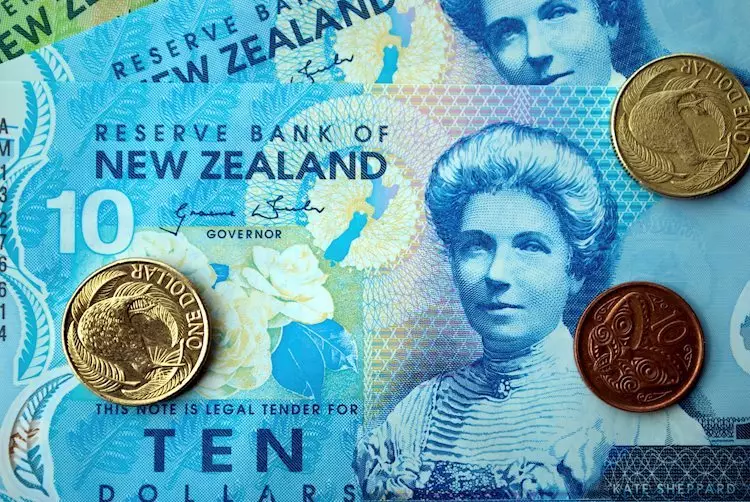The New Zealand Dollar (NZD) gained momentum in Thursday’s early Asian session, reaching as high as 0.6280 against the US Dollar (USD). This increase of 0.57% on the day was largely attributed to New Zealand’s business confidence soaring to its highest level in a decade. According to the recent ANZ Business Outlook Survey, the headline confidence measure climbed to 51.0 in August, while the expected own activity measure surged to 37.0. This surge in optimism among businesses has significantly boosted the Kiwi against the Greenback.
The Federal Reserve (Fed) has hinted at potential interest rate cuts in the near future, with Fed Chair Jerome Powell stating that the central bank was prepared to reduce rates. This dovish stance was reinforced by Minneapolis Fed Neel Kashkari, who suggested that discussing rate cuts as early as September would be appropriate due to a weakening labor market. Such comments from Fed officials have weighed on the USD, further supporting the NZD’s upward momentum.
The highlight of Thursday’s economic calendar was the release of the second estimate of US Q2 GDP growth numbers, which is estimated to be around 2.8%. A stronger-than-expected outcome could potentially boost the USD and limit the upside for NZD/USD. The performance of the US economy will play a crucial role in determining the direction of the currency pair in the coming days.
The New Zealand Dollar (NZD) is influenced by various factors, including the health of the New Zealand economy, central bank policy, and external economic conditions. The performance of the Chinese economy, as New Zealand’s largest trading partner, plays a significant role in determining the value of the Kiwi. Fluctuations in dairy prices, which significantly impact New Zealand’s export earnings, also influence the movement of the currency.
The Reserve Bank of New Zealand (RBNZ) plays a crucial role in shaping the value of the NZD through its interest rate decisions. The RBNZ aims to maintain an inflation rate between 1% and 3%, with a focus on the 2% mid-point. Changes in interest rates by the central bank can have a direct impact on the value of the NZD. Additionally, the rate differential between New Zealand and the US Federal Reserve plays a key role in determining the NZD/USD exchange rate.
Macroeconomic data releases in New Zealand, such as economic growth, unemployment rates, and consumer confidence, are closely monitored by investors to gauge the state of the economy. A strong economy, characterized by high economic growth and low unemployment, tends to strengthen the NZD. Conversely, weak economic data can lead to a depreciation of the currency. Furthermore, the NZD tends to strengthen during risk-on periods when investor sentiment is positive, and weaken during market turbulence or economic uncertainty.
The NZD/USD exchange rate is influenced by a myriad of factors, including business confidence, central bank policies, economic data releases, and external economic conditions. Positive business sentiment in New Zealand has significantly boosted the Kiwi against the Greenback, while expectations of Fed rate cuts have weakened the USD. Moving forward, investors will closely monitor economic indicators and central bank decisions to assess the future direction of the currency pair.


Leave a Reply